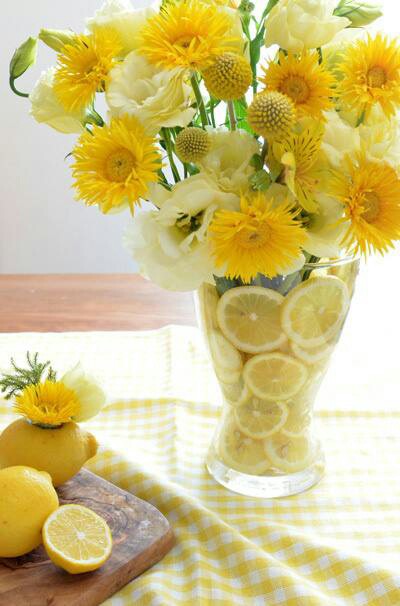
Vitamin C for flowers?
We all love to send flowers, and receive them, no matter what the occasion or time of year. Whether a perfectly arranged bouquet of florist fresh flowers or blooms from your own garden, they always have a way of brightening up any room. The one disadvantage of fresh flowers is that they will perish at some point and they don’t last forever. That said, there are several things that we can do to extend the life of cut flowers and enjoy them for as long as possible. You may have already heard of tricks that include sugar, salt and even aspirin to help your cut stems last longer. Another tip that might not be as well known is the use of Vitamin C.
When you cut flowers from the main plant, they undergo a certain amount of stress. This stress can be seen in the form of the flower heads wilting and the petals falling from the flower. The human body also suffers from the effects of stress and, just as we take medication to help ease these symptoms, you can help flowers by simply using Vitamin C! It should go without saying that reducing the stress can really extend the life of your flowers much like stress reduction in people also improves our quality of life.
Vitamin C has been proven to help plants metabolize other vitamins. This faster metabolic rate will increase the need for more nutrients and will aid in rapid absorption. The more nutrients the stem absorbs, the better the flower will be fed and the longer it will last. It’s much like people eating right and enjoying the benefits of a healthy diet.
Vitamin C can also help protect plants from the potentially harmful UV rays of the sun. This will help the plant to maintain an efficient rate of photosynthesis. In other words, the flower stem will need to use just a minimal amount of energy in order to make food. Efficiency in this way is like working smarter rather than working harder and you are literally making life easier for your flowers.
Another interesting point to note is that plants actually make Vitamin C themselves. The enzyme responsible for this is called GDP-L-galactose phosphorylase. In nature, the plant is protected from UV rays from the sun and enjoys all the benefits from a constant Vitamin C supply. When you cut the flower from the plant, it is cut off form its Vitamin C source which is why it should be added to the vase water.
With all of this in mind, you should also take into account that Vitamin C alone won’t make your cut flowers last longer. You also need to follow all the care instructions that go with any cut flower arrangement. These include trimming the stems at an angle for maximum absorption, the removal of leaves that might end up below the waterline in the vase, changing the vase water regularly and adding other floral preservatives to keep bacteria growth in the vase water under control.
